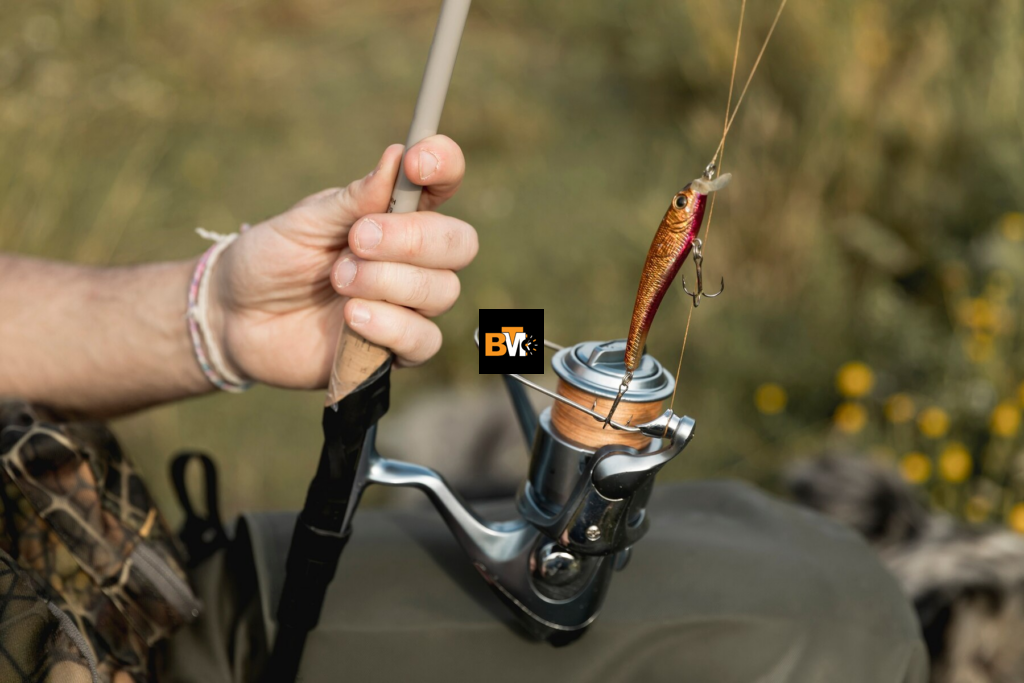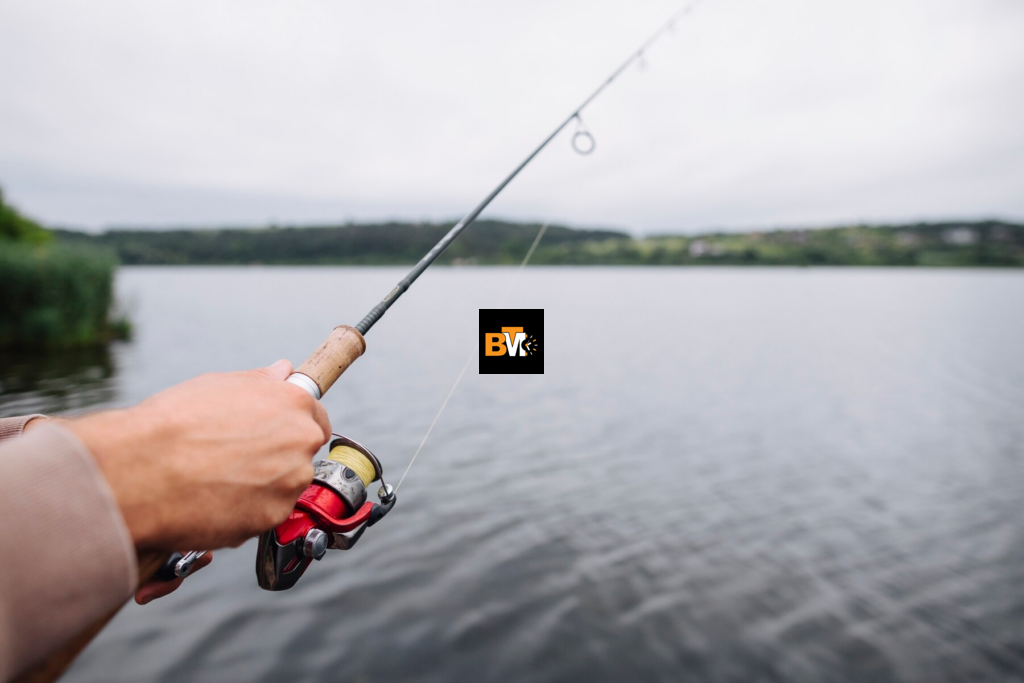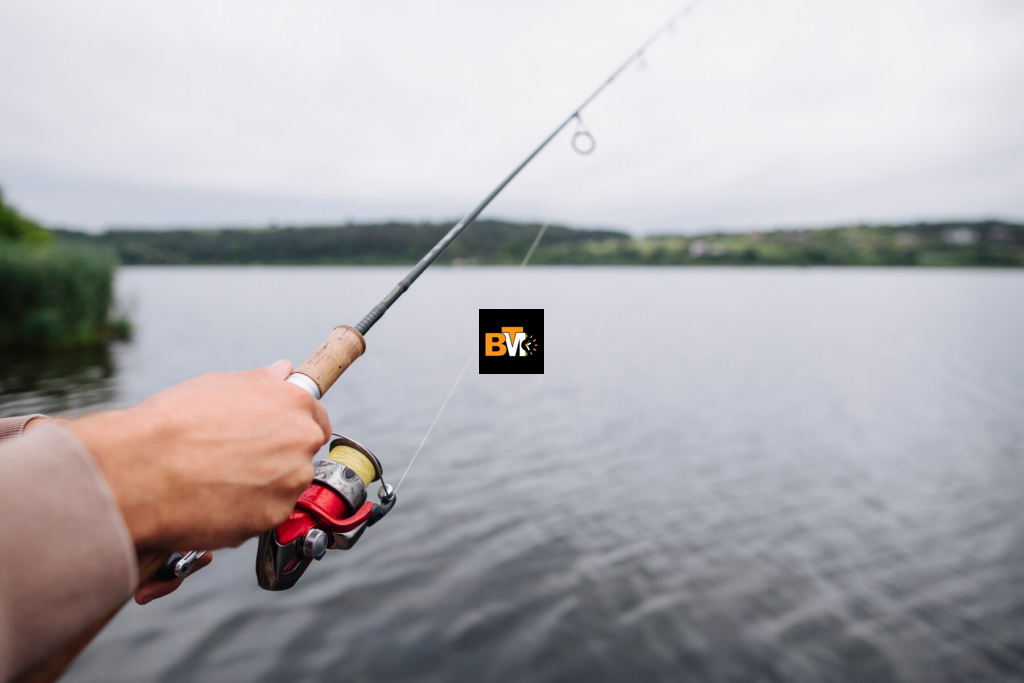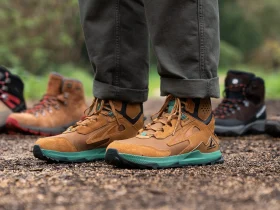Fly fishing is an art, a science, and something of magic. It is skill, patience, and knowing the water. Sometimes, however, it is simply about having the right fly. One in particular is well worth noting is the elk hair caddis fly. It is one that anglers believe in, and trout can’t help but take.
This is not another imitation—a time-tested classic that floats in any conditions. Whether fishing slow-moving streams or high-speed rivers, this elk hair caddis is continually buoyant, visible, and irresistible to fish. Its realism and versatility make this one of those flies to add to every fly box.
So, why is this fly so successful? From its natural float to its versatility in different waters, let’s examine the wonder of the elk hair caddis and how it should take its place on your next fishing trip.
This article explores why the elk hair caddis fly is one of the most effective and versatile flies in fly fishing.
1. A Perfect Imitation of Nature
Trout are selective, intelligent feeders. They’ll not just take whatever is available. Instead, they observe patiently for movement, shape, and behavior that resemble living insects. This caddis fly shines in its realism—arguably one of the most realistic imitations of a natural caddisfly, one of the trout’s dietary staples.
Furthermore, they don’t stay put while hatching; they bounce, skitter, and dance upon the water. The elk hair caddis fly imitates this to perfection. Its elk hair wing floats, and its stiff hackle beneath creates realistic ripples that resemble a distressed insect. This movement creates an instinctual strike in trout, which can harden into hard, aggressive ones.
Because of this realistic presentation, the elk hair caddis is one of the most dependable and consistent flies in any angler’s repertoire. Even if the fish are not actively eating, this fly can stimulate bites where other flies may not.

2. Incredible Buoyancy for Rough Waters
Not all flies float, especially in currents. Others sink too rapidly, and some are drawn under in turbulence. The elk hair caddis is designed to float and is one of the better flies to tie in bad conditions. The reason lies in its construction and material.
Also, the elk hair is hollow, which traps air and floats high above the water. It does not become waterlogged, even if repeatedly cast. The stiff hackle of material covering the body offers further floatation and keeps it from sinking, even in currents. Meanwhile, its light construction allows it to float freely, mimicking the flight of a living caddisfly.
Therefore, the elk hair caddis is superior in streams, rivers, and rough water where other dry flies struggle. It is visible, floats well, and is irresistible to trout, even in the roughest fishing conditions.

3. Versatile in Many Fishing Conditions
An elk hair caddis is one of the most versatile flies. Unlike most flies, which can only succeed in their respective hatches, this one is successful almost any time of year and is, for this reason, a sure-fire choice for anglers throughout the year. Even if caddisflies are not in hatch, trout feed aggressively on this one.
At full-blown caddis hatch, this fly is difficult to distinguish from naturals in the water and is, therefore, an appetizing meal to feeding trout. Even without a hatch, the elk hair caddis is a good attractor fly, provoking hits from fish in pursuit of an easy meal. It is successful in clear water, heavy cover, and shaded conditions where trout find cover.
Few flies can strike in otherwise stubborn trout, but this elk hair caddis can generate bites where other flies can not. During spring, summer, or fall, this is a tried-and-true favorite.
4. Easy to See, Even in Low Light
It is difficult to follow a dry fly on the water and most challenging in dawn, dusk, or overcast conditions. Some patterns blend in too well, and anglers can’t follow their drift. The elk hair caddis, however, is easily identified in its well-crafted build and is one of the most visible flies in various light conditions.
The light-colored elk hair wing is valuable in visibility, ensuring the fly is seen in front of dark water or moving reflections. The high-riding quality of this fly also means that it is not lost in the riffles and choppy currents. Included in this is increased visibility in some of its forms, which can also include hot butt colors or light-colored bodies to stand out in low light.
So, Anglers having difficulty following their fly can turn to using elk hair caddis in peacock, yellow, or tan colors. These colors provide further contrast, and the fly can be seen along the entire drift. Under sun-down or shaded conditions, this pattern is seen and, better still, easily set upon strike detection.

5. Available in Multiple Colors and Sizes
Remember, trout can also be choosy, and something successful one day may not quite prove to be successful another day. Having several different elk hair caddis flies in your arsenal means that you can adapt to conditions and fish preferences. Certain colors, such as brown, olive, and black, resemble realistic caddisflies, and they perform well when trout are tuned into realistic presentations. Bolder colors, orange and peacock, work well as attractor flies in low-vis situations with less light.
Size is equally important in fooling selective trout. The elk hair caddis is available in sizes ranging from #10 to #20, and this means that anglers can match different hatches or experiment with different presentations. The big ones work well in fast currents, but smaller ones work well in slow streams where fish can be wary.
Final Thoughts
The elk hair caddis is one of the greats of fly fishing. Its natural appearance, versatility, visibility, and several patterns combine to produce one of the best flies.
Whether fishing in slow-moving streams or fast-moving rivers, this fly is excellent in almost any condition. Pick up some elk hair caddis flies if you don’t have them in your collection.







Leave a Reply